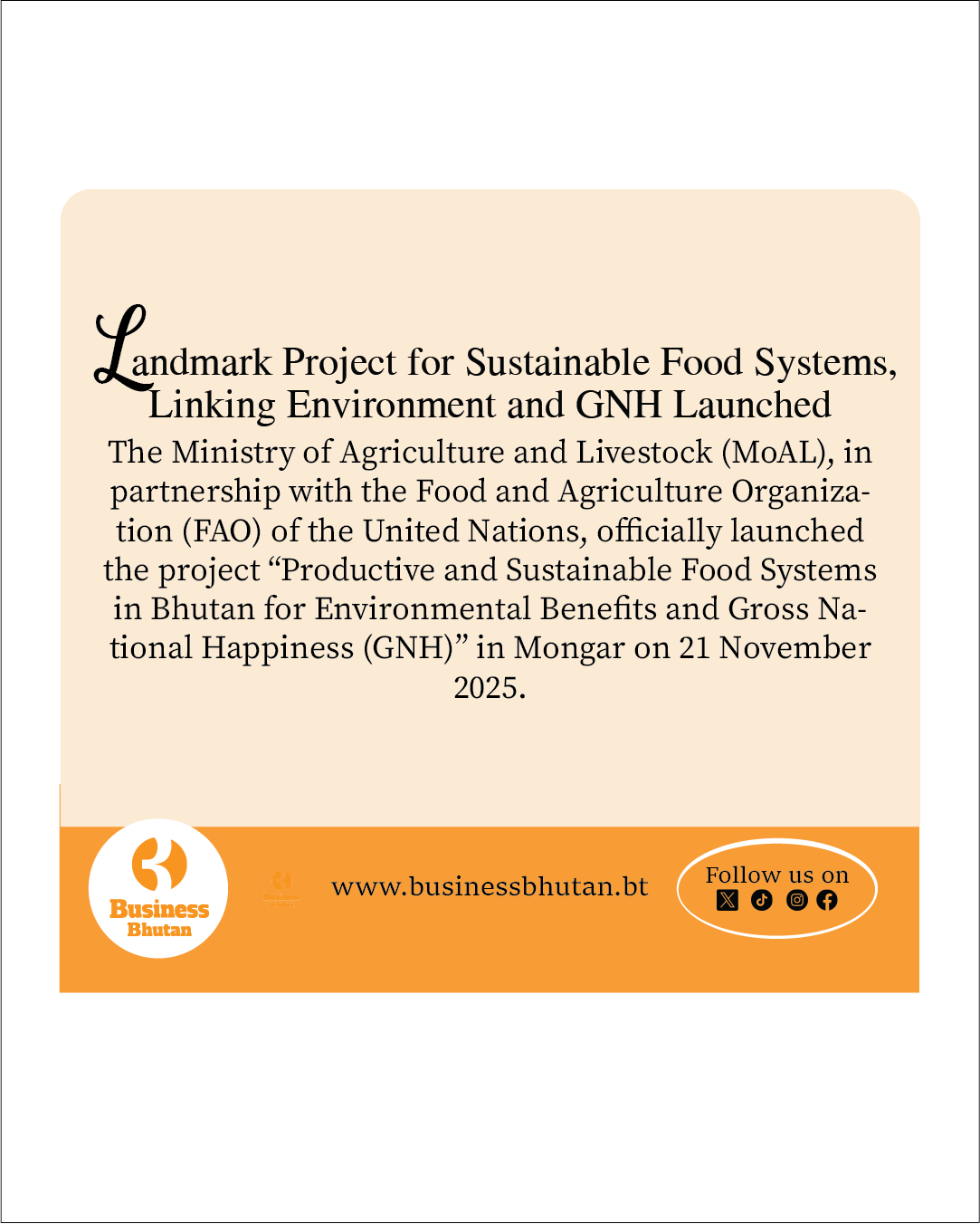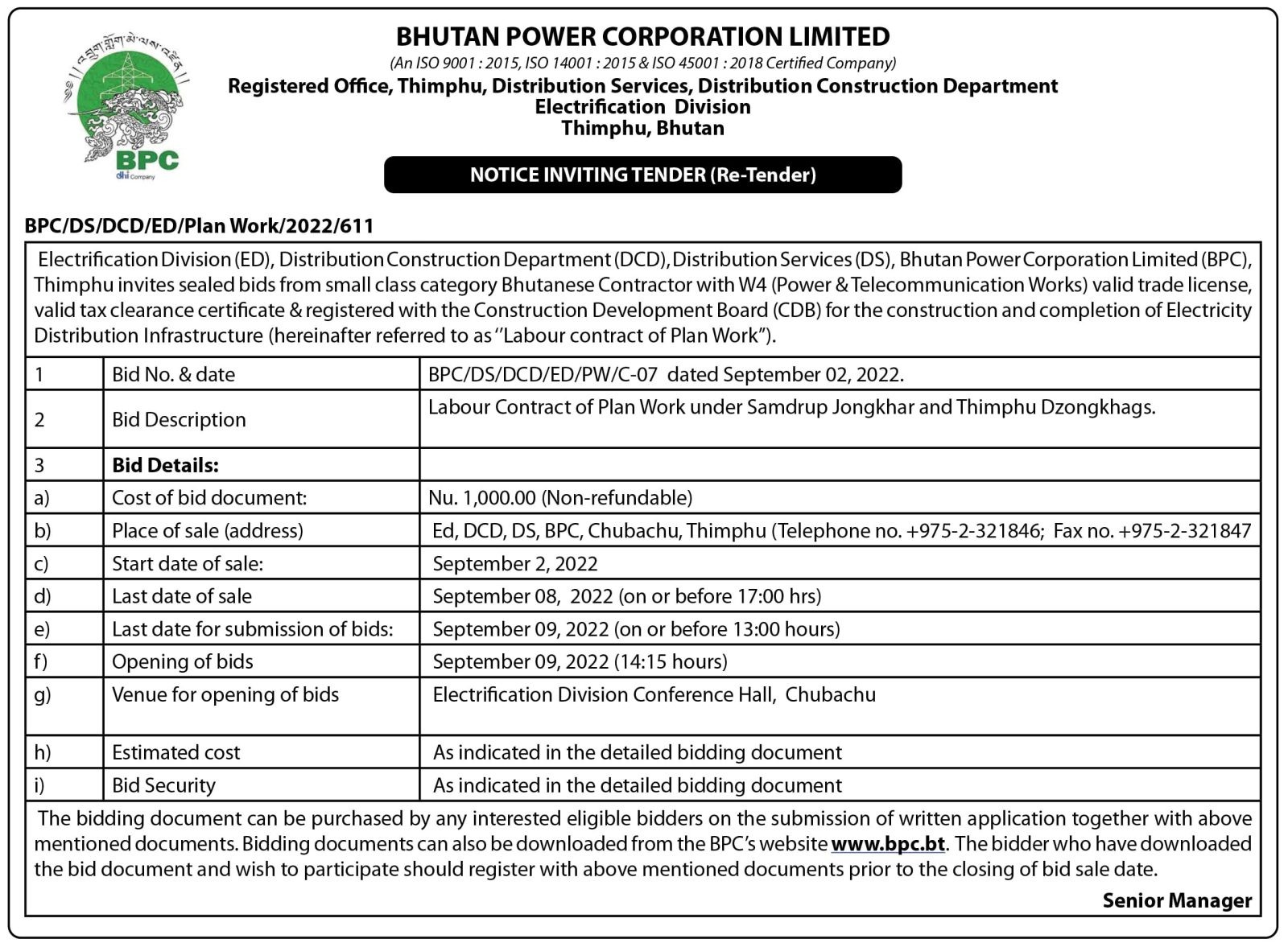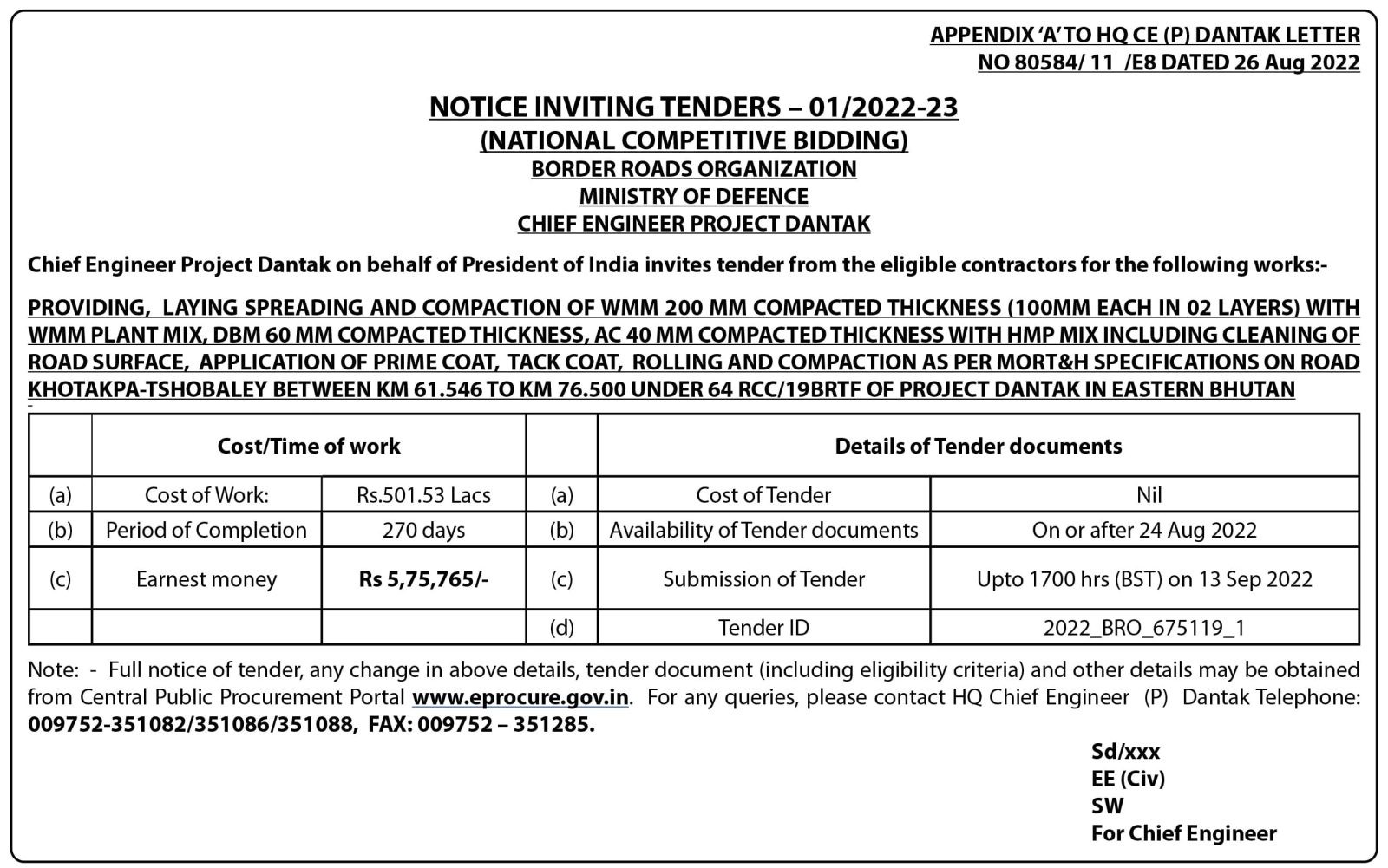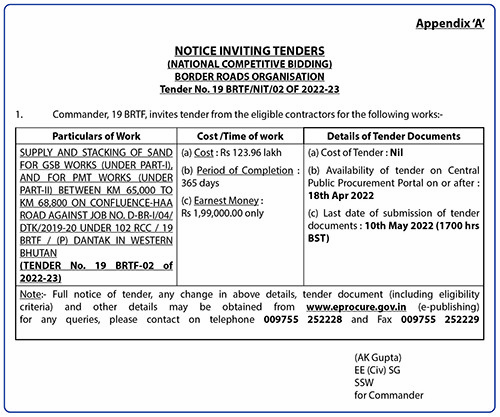Bhutan’s external reserves have continued their upward trajectory in 2025, signaling strengthening economic stability and financial resilience. According to the Royal Monetary Authority (RMA), as of June 2025, the country’s total external reserves reached approximately USD 806 million, up by USD 181.9 million compared to the same month in 2024.
The growth in reserves is particularly notable when comparing the first half of 2025 with the corresponding period in 2024. In January 2025, external reserves stood at USD 854 million, a sharp rise from USD 603 million in January 2024—an increase of USD 251 million. This pattern underscores a significant improvement in the country’s management of foreign exchange and international assets, enhancing Bhutan’s capacity to absorb external shocks.
Foreign currency holdings, a critical component of overall external reserves, have mirrored this upward trend. In June 2025, foreign currency reserves reached USD 181 million, compared to USD 583 million in June 2024. Across the first half of 2025, foreign reserves generally ranged between USD 700 million and USD 800 million, compared with USD 500 million to USD 600 million during the same period in 2024. This consistent rise strengthens Bhutan’s foreign exchange position, which is essential for maintaining the stability of the Ngultrum and supporting ongoing economic growth.
Alongside foreign currency reserves, Bhutan’s Special Drawing Rights (SDRs)—international reserve assets allocated by the IMF—remained relatively stable, increasing slightly to USD 35.2 million in June 2025 from USD 34.2 million in June 2024. Similarly, the country’s reserve tranche position at the IMF, representing funds available for immediate use, edged up to USD 6.9 million from USD 6.7 million in the previous year. Though modest, these figures reflect Bhutan’s prudent engagement with international financial institutions and contribute to overall economic stability.
Economists argue that the steady accumulation of reserves signals robust management of Bhutan’s external sector. “Rising external reserves indicate that Bhutan is improving its foreign exchange earnings and managing inflows efficiently,” said a Thimphu-based economist. “This provides a buffer against external shocks, enhances investor confidence, and strengthens the country’s macroeconomic resilience.”
The expert further noted that reserve accumulation can support the nation’s development priorities, including infrastructure projects, social programs, and investment in strategic sectors. Strong reserves also facilitate smoother trade settlements, reduce the country’s vulnerability to fluctuations in import bills, and provide fiscal authorities with greater flexibility in managing economic cycles.
While the growth in Bhutan’s external reserves in the first half of 2025 is undoubtedly encouraging, economists emphasize that sustaining this trend requires a combination of strong economic performance, disciplined fiscal management, and strategic oversight of external inflows. Reserves, while a key indicator of macroeconomic health, are not static; they are influenced by a range of factors including trade balances, remittance inflows, foreign investment, government borrowing, and global economic conditions. Rapid accumulation of reserves without proper coordination could inadvertently create challenges, such as inflationary pressures in the domestic economy, excessive liquidity that fuels asset price distortions, or imbalances in the real sector.
Experts note that careful calibration is needed to ensure that reserve growth translates into tangible benefits for the economy rather than creating vulnerabilities. For instance, if foreign exchange inflows are channeled into speculative financial assets rather than productive investments, the country could face misallocation risks. Similarly, overreliance on a few major sources of inflows—such as remittances or a narrow export base—may expose Bhutan to external shocks, particularly in a global environment characterized by fluctuating commodity prices and economic uncertainties in host countries.
Nonetheless, the positive trajectory observed in 2025 reflects a combination of favorable factors. Higher remittance inflows from Bhutanese living abroad, improved export performance, and effective management of currency reserves have contributed to a more robust external position. The stability of Special Drawing Rights (SDRs) and IMF reserve tranches further underscores Bhutan’s prudent engagement with international financial institutions, providing additional buffers against potential external shocks.
Looking ahead, economists stress that Bhutan’s ability to sustain and build on these reserves will depend on a multi-pronged approach. This includes continued economic diversification to reduce dependency on a limited number of sectors or trading partners, policies that encourage foreign direct investment, and strengthening domestic production capacities. Sound fiscal policy—ensuring that government spending is aligned with revenue growth and reserve management—is equally critical. By maintaining these measures, Bhutan can leverage its growing external reserves to enhance currency stability, strengthen investor confidence, and support long-term development priorities such as infrastructure expansion, social welfare programs, and strategic industrial initiatives.
While the first half of 2025 paints a promising picture, the true test for Bhutan lies in translating these financial gains into sustainable economic growth. Prudent management, policy foresight, and diversification efforts will determine whether the current momentum can be maintained, ensuring that the country remains resilient in the face of global uncertainties while continuing to fortify its macroeconomic fundamentals.
Sherab Dorji
FromThimphu



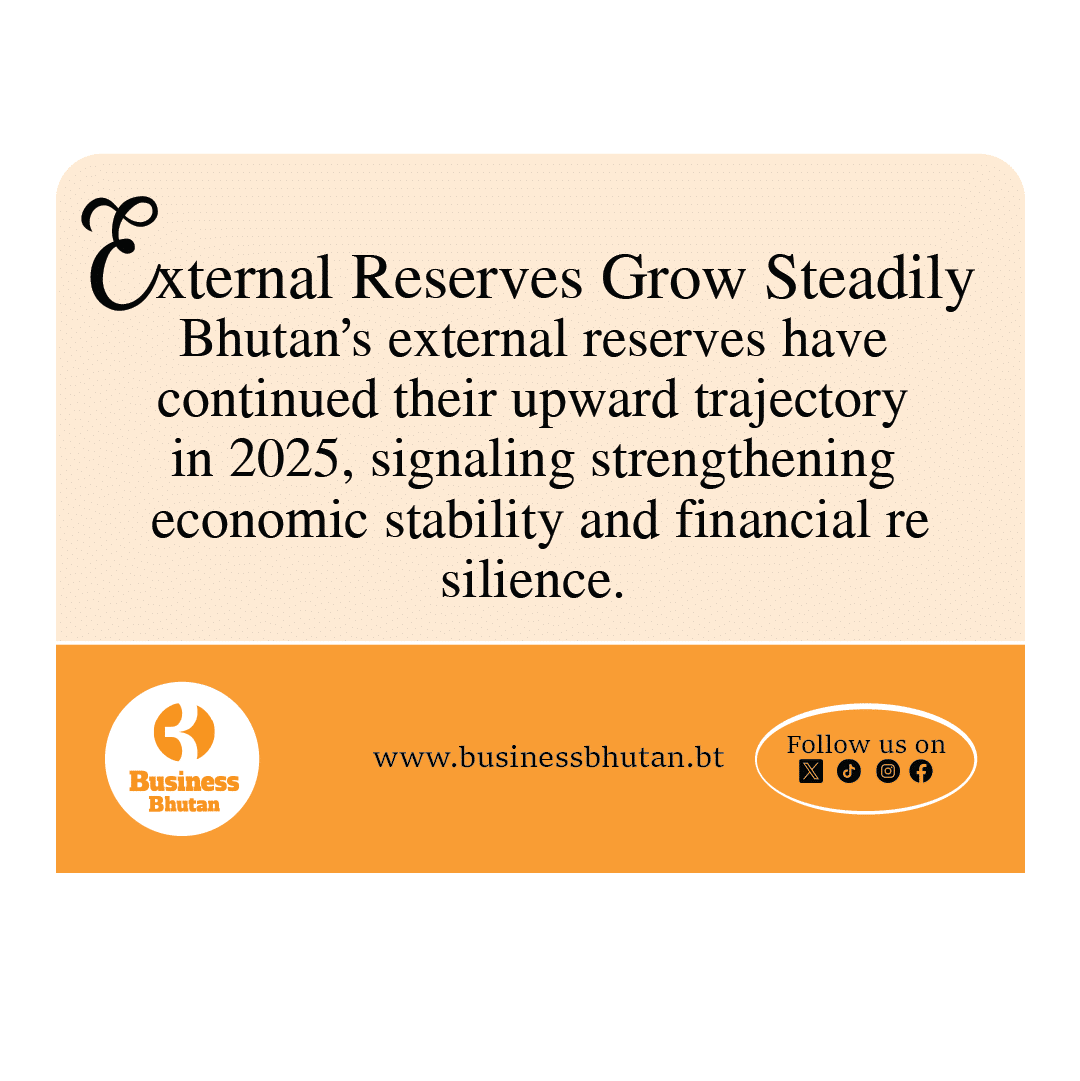
![Fresh Beginnings: Pasakha Vendors Gear Up for New Vegetable Market - Duplicate - [#16963] Fresh Beginnings: Pasakha Vendors Gear Up for New Vegetable Market - Duplicate - [#16963]](https://businessbhutan.bt/wp-content/uploads/2025/11/Asset-200.png)


